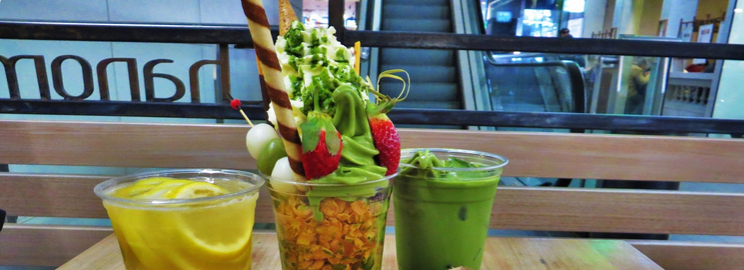
Last week I caught a cold from the sudden weather changes that keep happening. I took a few days off, stayed in bed, and drank more tea than I ever thought I could. So today’s post is dedicated for Japanese home remedies to try next time you’re sick. And you guessed it – a lot of them are about tea!
Japan is a nation that loves its alcohol, so it’s not surprising there’s some on this list. When you have a cold, you might be told to heat up some sake, add honey until it thickens up and drink it while it’s still warm. Honey is used to lessen symptoms of sickness in many cultures, so you know you can trust this one!
Photo: Try IPPIN sake next time you’re sick!
Another alcohol that might be recommended is chuhai, the shortened name of sochu highball, a Japanese drink mixed with lemon and carbonated water. It’s readily available in convenience stores and vending machines all over Japan, and with 9% alcohol, you’ll sure kill off all those bad bacteria pretty quickly… right?
Ginger is another well known ingredient used to fight the common cold. You can turn it into a tea to help soothe your throat next time you’re sick by mixing 2 tsp grated ginger with half a cup of boiling water. For extra health benefits, add honey or lemon! If you’re anything like me and you really like ginger, this will really hit the spot.
Even more well known is green tea, but do you know all the different kinds of green tea? Luckily in this day and age you can actually find a bunch of different variations at cafes and in supermarkets. A very Japanese thing to do would be to gargle green tea, but I prefer to enjoy it by drinking it. The green tea we get in regular tea bags is called gyokuro (the highest grade, picked early in the harvest and kept away from the sun), sencha (picked early in harvest and left in the sun), or bancha (lower grade, picked later in the harvest), which are all covered by the umbrella term ryokucha (green tea).
Matcha, which is currently trending in cafes and desserts, is actually a powdered version of high quality green tea leaves and is the type of tea used in tea ceremonies. I love a good green tea latte, and matcha is the tea used in this.
Photo: Matcha served during a tea ceremony at the Shinsengumi museum in Kyoto
Konacha is a mix of tea leaves, tea buds, and tea dust. It’s considered to be low quality but matches well with certain foods, and is usually the type of tea you receive when you get it for free at places like sushi restaurants. It’s actually the leftovers of gyokuro and sencha.
Finally there’s genmaicha, which here is considered to be “premium”, but in Japan it’s origins are associated with the poor. Green tea leaves and brown rice and mixed and roasted together. The rice was used as a “filler” and also to reduce the price of the tea. Nowadays, it’s not considered to be for a specific social class, and is drunk by everyone. Sometimes, matcha is added to enhance the flavour.
Try some matcha flavoured desserts at Chanoma Cafe on George street with your Washoku Lovers Membership card (SIGN UP HERE). And finally, just remember, if you lay down after eating, you’ll turn into a cow (or so the Japanese superstition goes!).